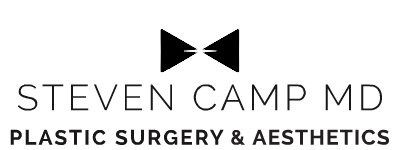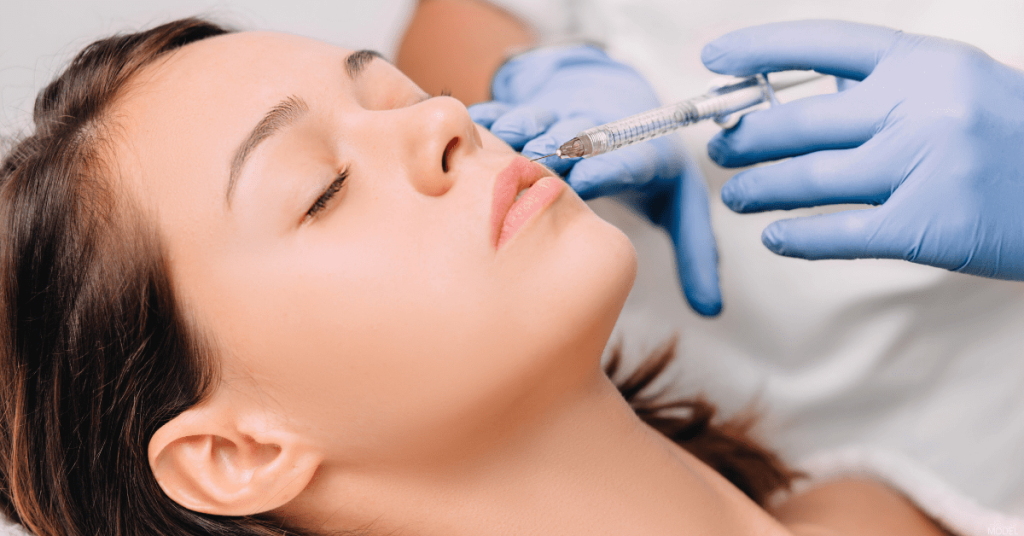Even though we’re immersed in the world of aesthetics on a daily basis, we understand that our patients may have some basic questions about treatments. It’s fair to say that many, if not most, patients may not know the difference between dermal fillers and BOTOX® injections at our Fort Worth practice. We love answering questions, including ones we hear quite often.
With that in mind, we’ve decided to use this blog post to address some of those common questions, along with some that we hear less often. We hope this helps cut through the lingo and shorthand that can sometimes make patients feel like they’re listening to a different language.
What is a lip flip?
Patients who come in for lip injections at our Fort Worth practice are usually interested in fillers such as JUVÉDERM VOLBELLA®, a silky gel that is ideal for creating fuller, pillowy lips. Picture Scarlett Johansson and you’ll have a good idea of the desired look. A lip flip, however, is an injectable treatment that actually uses BOTOX instead of fillers. Injecting a very small amount of BOTOX causes the upper lip muscle to relax and “flip” outward. The result is the appearance of fuller lips without the filler. Which is best? There isn’t really a correct answer. Fillers last longer than BOTOX but cost a bit more because the amount of BOTOX used is minimal. It is crucial to choose a very experienced injector who understands facial anatomy to avoid unwanted outcomes with BOTOX.
What is hyaluronic acid?
Often called HA, hyaluronic acid is the active ingredient used in most cosmetic fillers. Many years ago, aestheticians injected collagen to smooth wrinkles and lines. But the collagen used was often derived from cows and required skin tests to ensure a patient didn’t have an allergic reaction. Hyaluronic acid is a substance that naturally occurs in the body—mostly in the skin—so very few patients are allergic to it. HA is one of the reasons skin looks so smooth when we’re younger. Fillers replenish it, replacing age-related volume loss to erase lines and wrinkles.
Can you reverse the results of filler injections?
Patients who get hyaluronic acid-based fillers can have the results reversed if they’re not happy with the outcomes. Hyaluronidase is an enzyme that breaks down and dissolves hyaluronic acid, which the body then naturally removes. Not all fillers, however, use HA as an active ingredient. RADIESSE®, for example, is formulated using calcium hydroxylapatite, a mineral compound that stimulates the production of new collagen in addition to acting as a filler. RADIESSE injection results can’t be reversed. Neither can those produced by Sculptra® Aesthetic, which is composed of poly-L-lactic acid.
Which filler is the best?
As we just mentioned, many different fillers are available, including many hyaluronic acid product families that share the same cosmetic goals. Whether you choose JUVÉDERM Voluma™, Restylane® Lyft™, or Sculptra—which are all designed to be injected in the cheeks—is based on personal preference after consulting with a board-certified plastic surgeon, nurse injector, or licensed aesthetician. Some patients react better to one type of HA filler than another, and some people have very specific goals that an experienced injector believes will be best met with a specific product.
Does it hurt to get filler injections?
Nobody wants to be uncomfortable during a cosmetic treatment, so questions about whether something hurts or not are pretty common. As providers, we also don’t want patients to be in pain. One great thing about virtually all fillers made these days is that they’re pre-mixed with a local anesthetic to help alleviate the discomfort of injections. Additionally, we can numb the injection sites beforehand if requested by a patient.
We know patients have unique questions in addition to the ones we hear often. We’re confident our team can answer just about any question you might have about cosmetic injectables. You can contact us to request a consultation using the online form or give us a call at (817) 228-4315 to schedule an appointment.


Leave a Reply